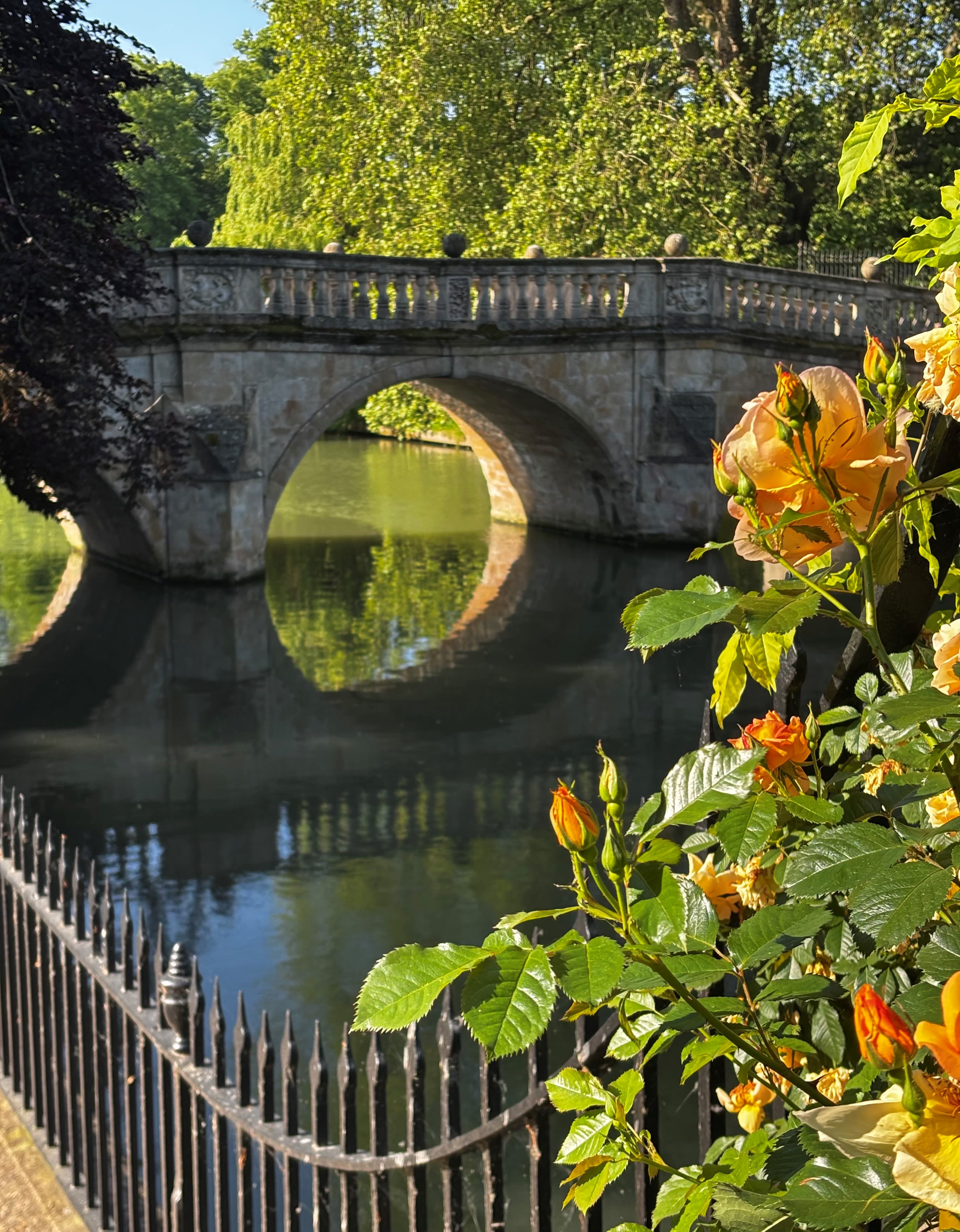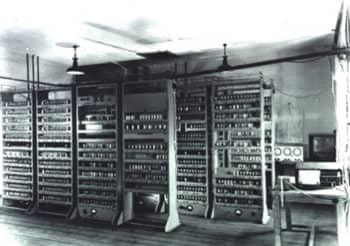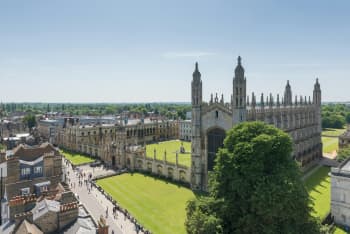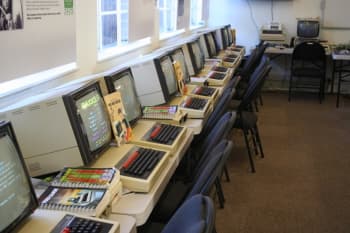From Idea to Implementation:
The Granta Backbone Network's Journey
Written by David Hartley

This story tells of a project conceived and carried out by the University Computing Service (UCS) to build the broadband Granta Backbone Network (known as GBN), a network of fibre-optic cables laid in underground ducting throughout the collegiate University and spread around Cambridge City and beyond. Conceived in the late 1980s and completed in 1993, the GBN now interconnects all students, academic staff, researchers and administrative staff located in Cambridge, and with colleagues around the world
David Hartley
David Hartley
Early Computers in Cambridge
In the early days of computers, it was realised that electronic technology would be orders of magnitude faster than mechanical devices. Put simply, when a human operator turns a handle to add together two numbers, an early electronic computer could do the same in a matter of one thousand of a second – and today’s machines can do this in better than a million and more times a second. This increase in speed enabled research scientists to use a computer to solve problems which were previously considered not possible. Electronic technology increased the scope of research generally in all subjects, scientific and non-scientific.
Maths Lab, founded 1937
Maths Lab, founded 1937
By the end of the 1950s virtually every institution had at least one computer, and, thanks to enlightened government support, funds were provided for the necessary staff and expertise to establish Computing Services.
Things have changed radically since the 1950s but it took a further 30 years before the revolution of optical fibres. This new technology created plastic cables containing glass fibres through which a beam of light was carried and at an enormously greater capacity than electrical pulses through metal cables.
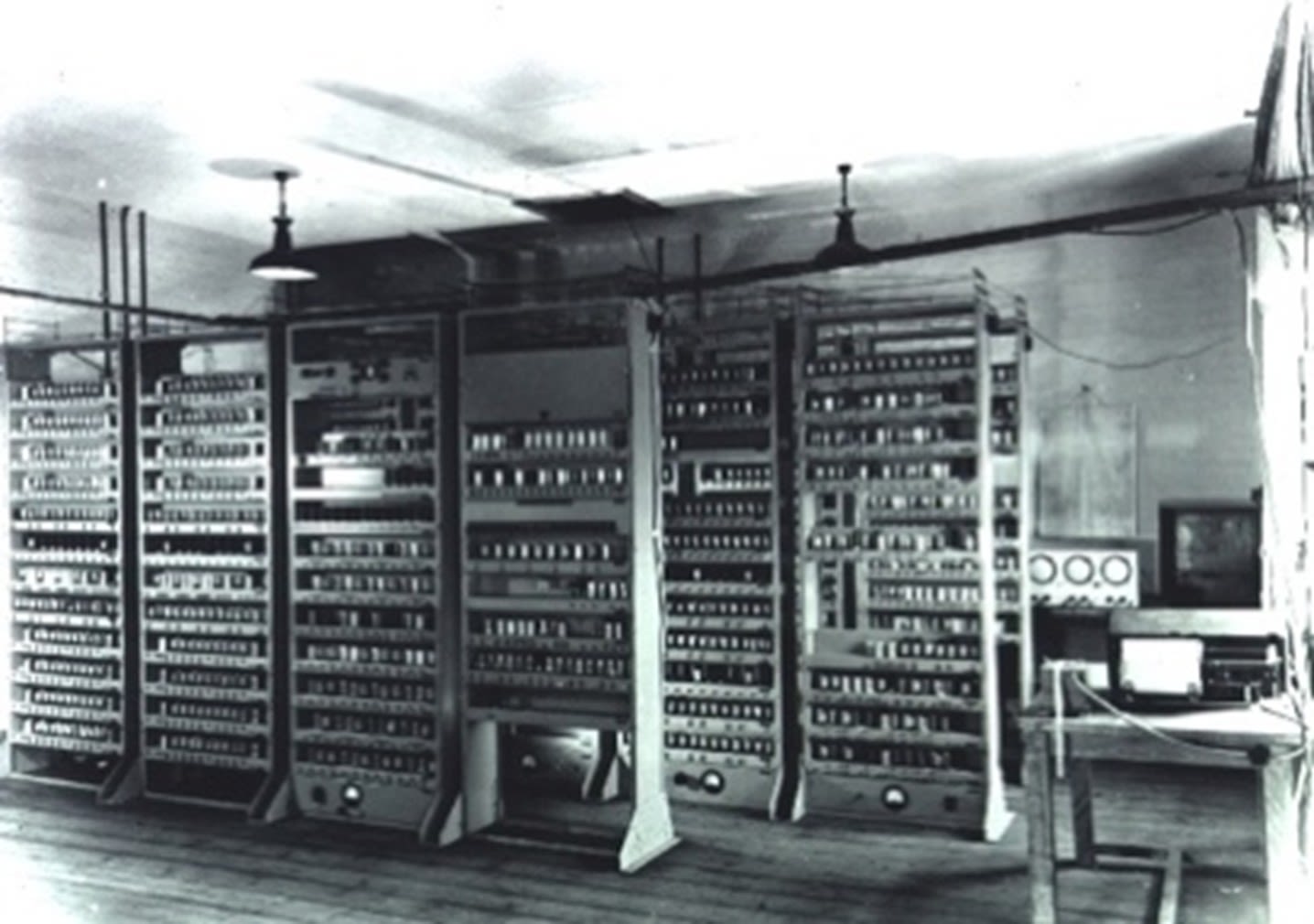
University Computing Service
1970 -
In 1970 computing was already spreading as an essential tool in many subjects and beginning to transform academic research. My colleagues in the UCS had to keep up with quickly advancing technology which, fortunately, coincided with a period of generous government funding to employ the necessary additional staff. Other benefits that came from continuing technological advances were that computers became considerably more powerful and didn’t break down so often.
IBM Mainframes 1972-1995
IBM Mainframes 1972-1995
The Collegiate system at Cambridge University is complex. By and large every student belongs to a single College where they live and receive tutorial supervision. Each is associated with one or more Faculties where they receive formal and practical class teaching and undertake research. This is a complex arrangement, and a similar structure applies to academic staff.

Starting with machines of the earlier days, computers began to be connected to terminals and other specialised machines. Machines on a single site could be connected by our own cables simply by installing a cable from one building to another. But there was a law that required any such connection that crossed a public highway had to be provided by, and rented from, the national telephone company. The cost for any such connection was a fixed monthly fee dependent on distance and independent of the amount of traffic.
In the early days, the buildings of the average university were typically located on a single campus, most of them large areas with few, if any, public highways. But Cambridge University is spread around numerous sites throughout Cambridge City: some sites are quite large, others are isolated buildings. With public highways under control of the national phone company, this was generally considered too expensive. and just impractical. This layout of Cambridge city may be fine for students and tourists, but impractical for us when connecting many users to a central service.
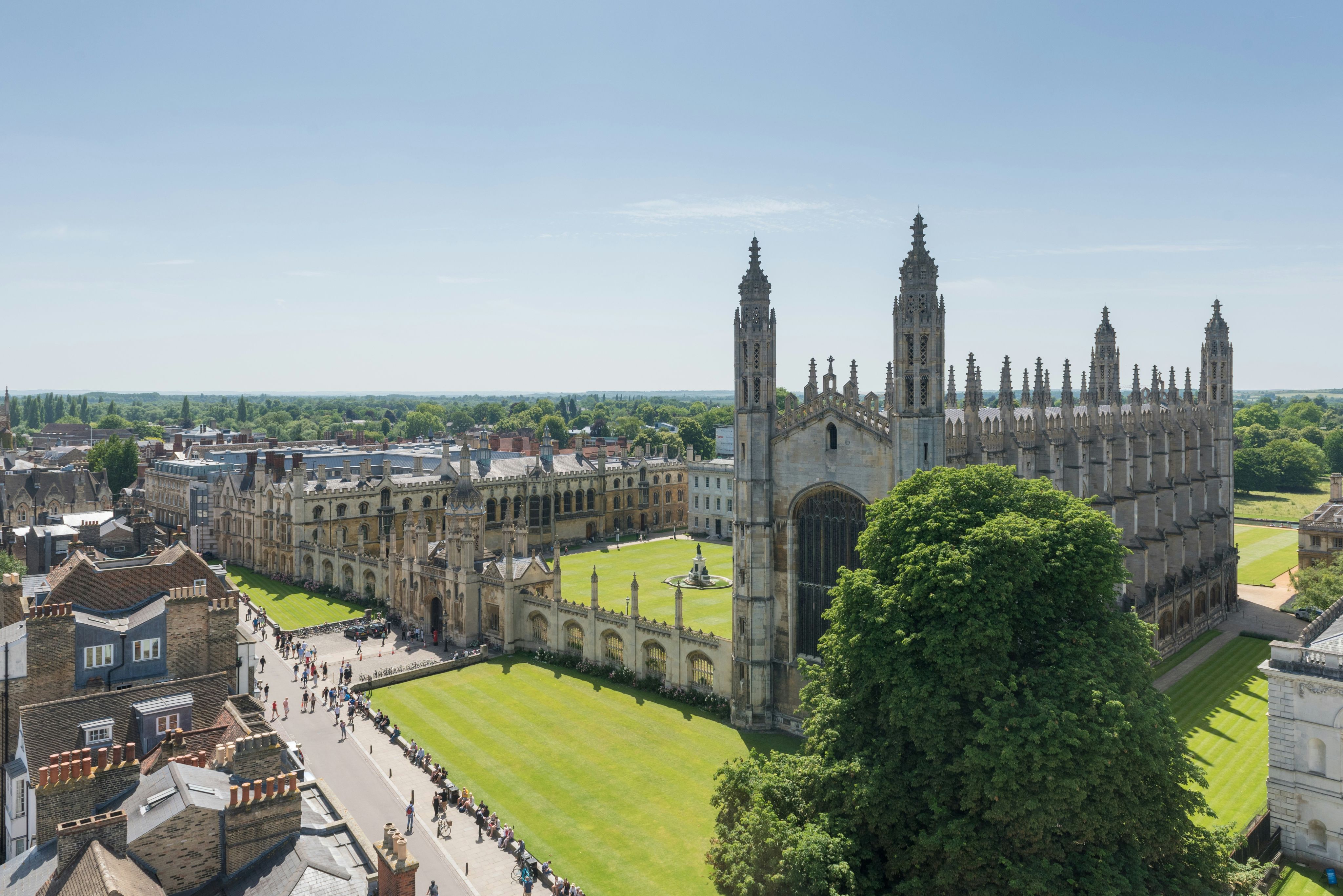
Interim solutions
An early solution was to design and develop a so-called PAD (Packet Assembler Disassembler) which was a small electronic device that multiplexed up to 16 devices linked by a single public line to a central switch in the UCS main computer room. We arranged for a number of these devices to be designed and manufactured by a company known as CAMTEC (unrelated to the University). Being made of microelectronic components, a PAD was a low-cost way of connecting several terminals in a one building through a single link to another. In this way we had a solution to our networking problem.
Original Teletype Terminal
Original Teletype Terminal
Nevertheless, there was a steady increase in the number of terminals, some with printing devices others with video displays. These were deployed in numbers across the University, each connected to a nearby PAD which in turn was connected to a rented communications link. PADs could also link to facilities in other departments, enabling the sharing of information across the University. The number of connections grew by which time the central computer room had become a hub for real networking.
The demands for growth were steady but there was still a major problem. PADs were limited in various respects. They were suitable for terminal to computer connections but not for high-speed connections between two computers. If a remote connection was across a single site, we could and did, lay our own cables from building to building, but otherwise circuits had to be obtained from the monopoly public supplier.
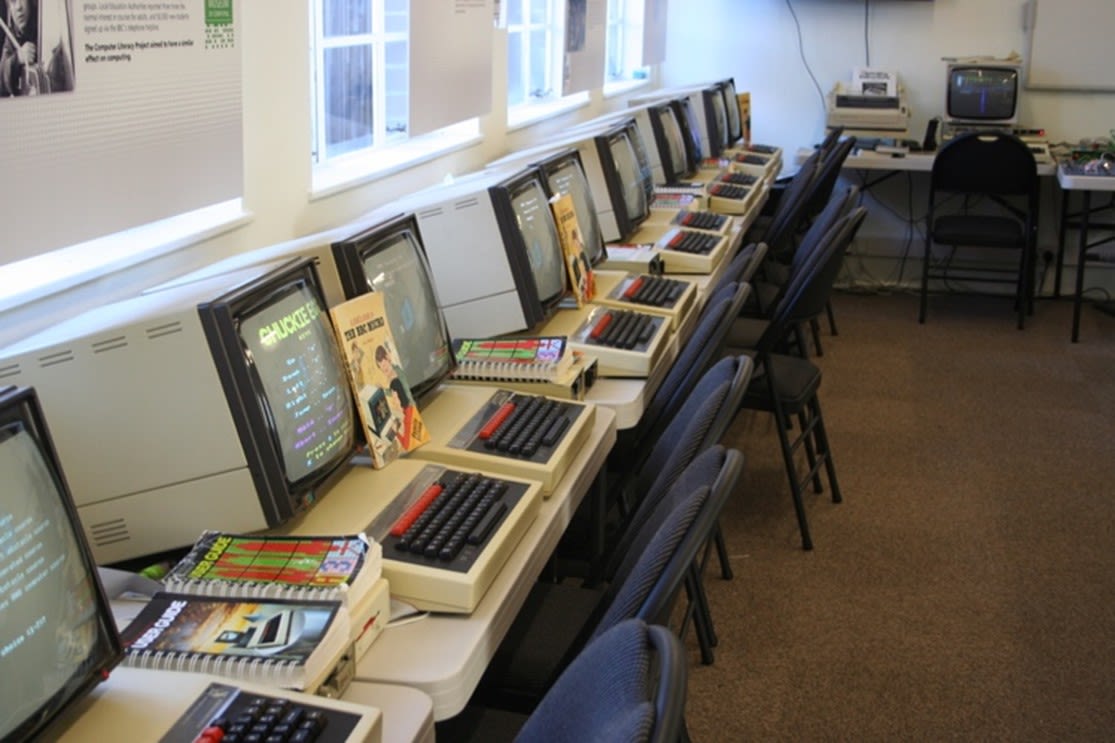
Fibre and Broadband
By the 1980’s there were two solutions on the horizon: one technological – the other political. Instead of copper cables and electric current, industry was developing fibre-optics using light passing through glass fibres. Glass is significantly cheaper than copper and light is very fast indeed. This new technology enabled digital transmissions at higher bandwidth (and over longer distances) by orders of magnitude.
The necessary political solution started to appear when industry began to demand government treat seriously the monopoly protection of the telephone companies. The need was for education and research to be allowed to pay for their own cables to cross public highways between its own properties. By the early 1990s, we began to see fundamental changes in government thinking about public communications.
Fibreoptic cable in sheath - GBN sample
Fibreoptic cable in sheath - GBN sample

GBN - the concept
One day in 1988, Mike Sayers (my Deputy Director) and I were discussing options for the future, and we came to a simple although possibly difficult conclusion. Given the particular structure of Cambridge (City and University), we were not a campus in a city but, for many years, had been a city inside a campus. Thinking in this way we needed to build our own underground ducts and cables to reach every building and every site. To do this would require funding to pay a large capital cost, whereas the running costs would be relatively small compared with the renting of a growing number of telephone lines. Somehow the University should fund the whole network, as a single capital cost, and recurrent costs would be relatively little. We therefore considered it essential that the network must be owned by the collegiate University as a long-term asset and not hired from a body to make a profit for someone else.
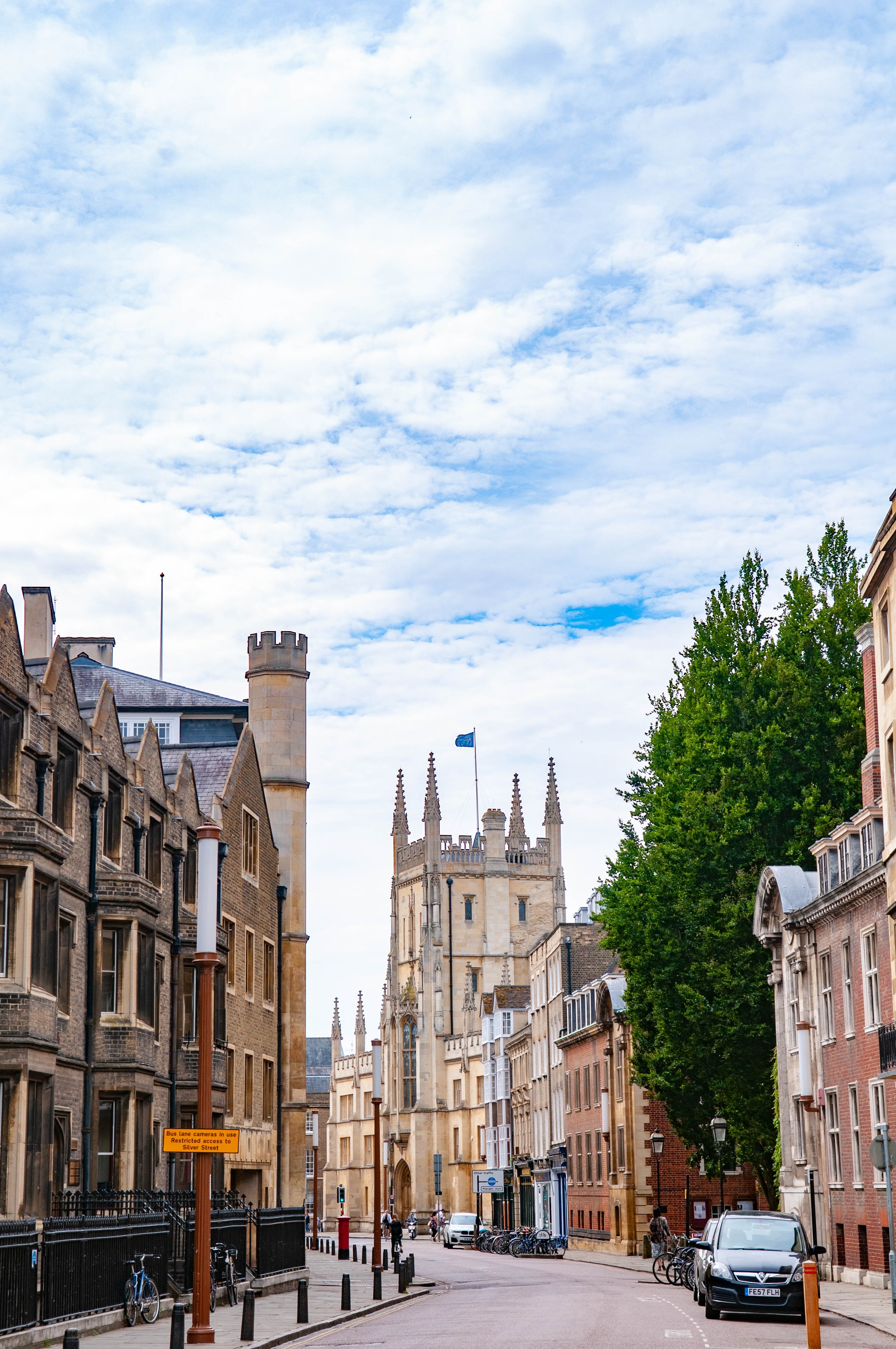
Funding the GBN
UCS staff under the management of Chris Cheney were commissioned to design a route for underground ducts to discover the feasibility and to get some idea of capital and recurrent cost. It was a very complex plan. More than one river crossing, a cross-railway installation and the excavation of many roads and pathways would be necessary. But we hopefully had one advantage – the extensive college gardens and other patches of grass might keep the price down - as long as it was done with care. An estimate of £3 million (later raised to £3.5 million) was thought reasonable and we sought advice from possible sources.
Eventually we realised that the only way to raise £3.5m was to divide the costs 60% between the University and 40% from the Colleges according to their size. This division seemed about right, and no one had any better suggestion. These costs would be capital investments by the collegiate University. At the same time recurrent costs would be much reduced. We concluded the likely capital and recurrent costs were within the reach of the bodies themselves. The Colleges’ 40% would be divided by a headcount of the number of Fellows, Staff and students. A special meeting of the Council of the Senate, the General Board and the Financial Board together with all 31 College Bursars was called and the plan and associated costs were approved.

Approving the GBN
There was one outstanding issue: the monopoly law of the national telephone company, had to be discussed with government. Fortunately change in the law was already a live political issue and the government was looking for ways to modernise. We knew other bodies were pressing for a fundamental change. Many of those we consulted agreed Cambridge was a good test case and we were “given the nod” to proceed with planning.
Obtaining agreement by the collegiate University was a more daunting task, particularly for me as UCS Director. After consulting the administration’s senior officers, the Vice-Chancellor (then Professor Sir David Williams) called a special meeting of the Council of the Senate, the General Board and the Financial Board together with all 31 College Bursars. A very large lecture room was needed for the occasion. I had to outline the case and present the suggestions for dividing the costs, both capital and recurrent. Quite soon afterwards I heard that the University Treasurer had approved the financing proposal and, one by one, 31 Bursars notified their Colleges’ agreement.
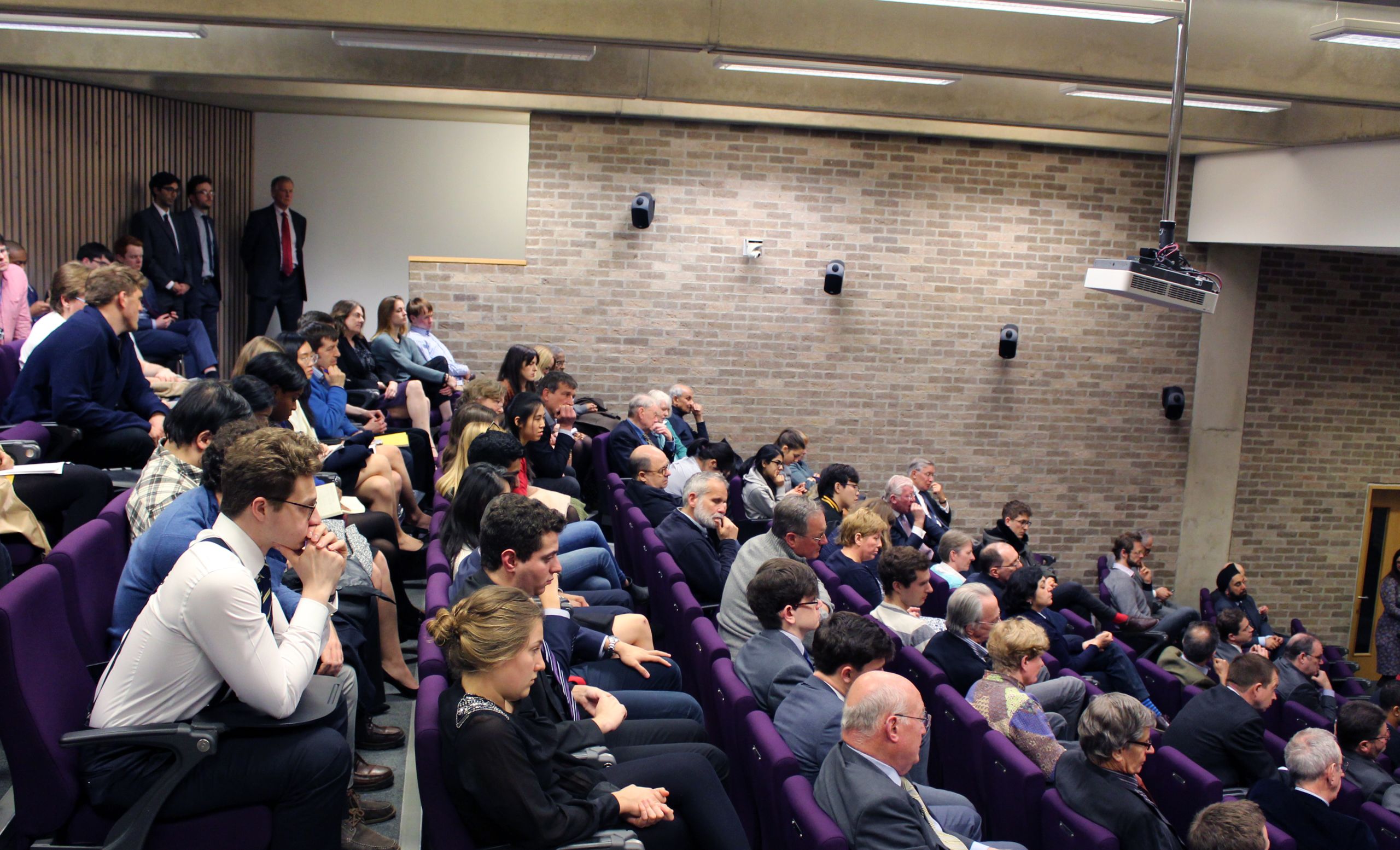
Building the GBN
We had to obtain permission from numerous bodies whose land we wished to cross. These included the University, every College, and various local authorities (to deal with the public roads, footpaths and the railway). We agreed to close-down noisy works during examination periods and to follow instructions by local authorities. The preservation of local trees throughout the City was an important issue for the tree conservation bodies.
Advice on the design for the city-wide network was commissioned from Improcom, a firm of consultants, and there were naturally many constraints imposed by local bodies. We had to negotiate independently with each College the route across their land as well as building entry details for each building. We had to do the same with those responsible for each University building. Then there were numerous other authorities around the city who needed similar agreements.
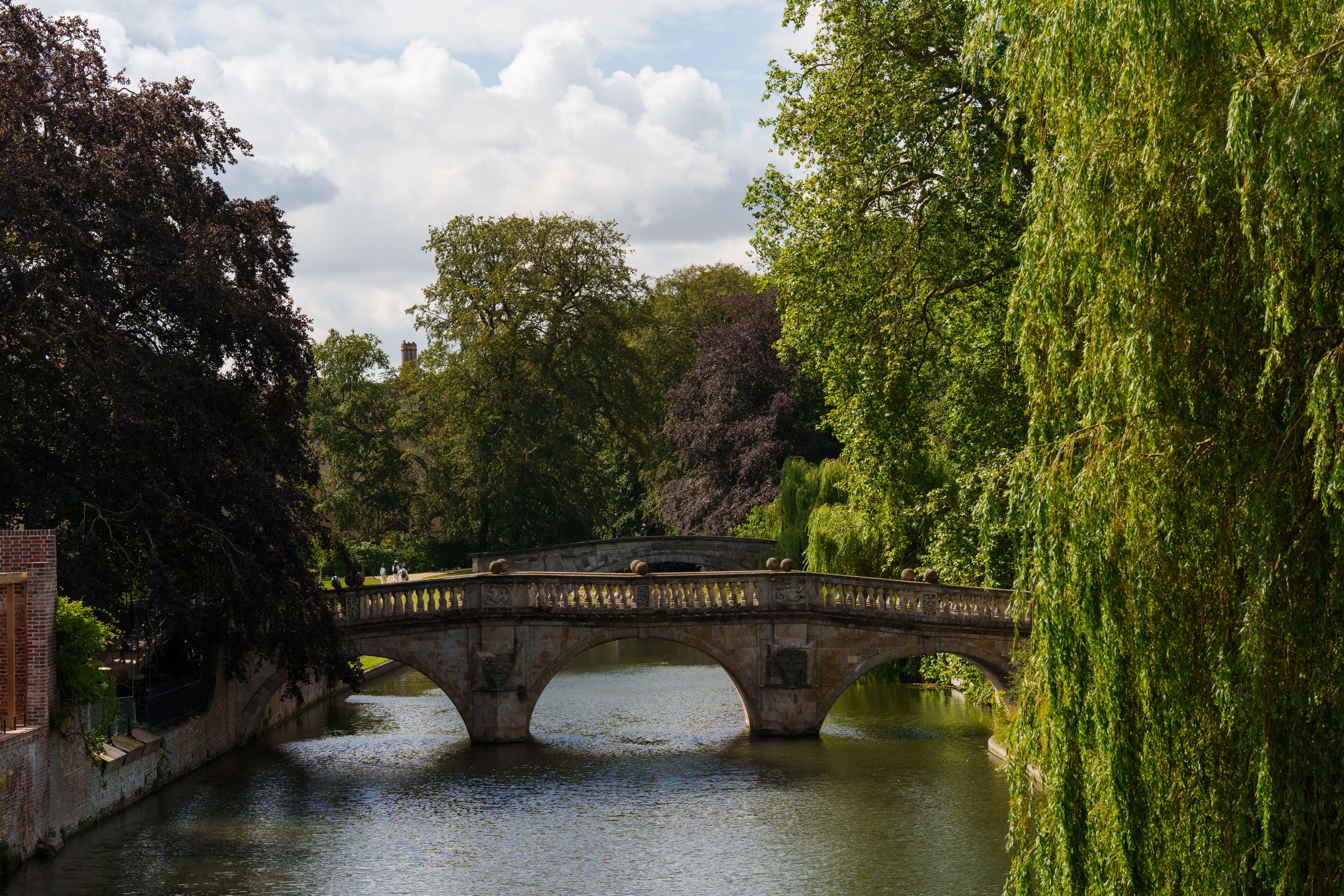
The whole plan led from Girton College in the north to the Addenbrooke’s site in the south, from what is now Anglia Ruskin University in the east, and leading to the West Cambridge site in the west. We also had to include a few bridges over the River Cam, Parkers Piece and one or two local schools, to name but a few. Provision was also made to connect the GBN to the national JANET network, and later to SuperJANET, which would eventually provide broadband connections to the rest of the UK and beyond.
The construction work was not without its problems. The link under the railway had difficulties because the ducts had to be a single unbroken length of pipes without a break under several rail lines. There were similar problems in other locations including long footpaths along public highways. To give one example: between the Old Schools and Kings College, a duct had to be routed under, rather than round, a large precious tree. We learnt that the local authority’s Tree Conservation Officer considered most trees in Cambridge as precious.
Although fibre-optic technology was our plan to establish a broadband network, old-fashioned telephone lines had to be catered for in the shorter term. So different ducts and routes were built to enable the telephone system to use the University network, although this is now largely history. Otherwise, for resilience, the network has at least 3 ducts along each route.
Several members of the UCS were assigned to the project, especially Chris Cheney (head of Networking) and Brian Westwood who, as always, kept track of our finances. The main contractor appointed was STC, an expert in digging underground ducting under footpaths, roads, bridges, and entries to buildings. Other specialist contractors were appointed by STC.
Chris Cheney GBN Leader
Chris Cheney GBN Leader
Designing and building the GBN took about 3 years and was completed in March 1992. Since then, over a period of 34 years or more, the network has been extended as new research institutions have been established in the Cambridge area including, for example, the Genome Campus at Hinxton.

GBN - under the Master's Garden
I finish with the story of a typical problem that occurred when we built the GBN through, my college, Clare. One duct route was to go from King’s lawn by the river, under the wall to Clare Scholars Garden, then under the footpath near Clare bridge and the Master’s garden (recently including the new River Room Cafe), and onward to Trinity Hall. This was an easy job for the contractor – they had done this many times before, particularly below college lawns: ‘Done it several times; easy gov!’ You dig two deep pits each one meter in depth at each end of the route. You place a mole at one end and tell it to dig its way horizontally to the other end dragging plastic ducting. Then, when the mole re-appears at the other end, lift out the mole, and you have a neat line of ducting. Finally: construct concrete chambers at each end and link this route to the rest of the network.
Sometimes, not very often, the mole hits a stone or other obstruction and has to be pulled back or dug out. On this occasion the mole was inserted at the King’s end and began its journey. I happened to be having lunch in College that day and a colleague came to tell me that the mole had stuck. This being a relatively long run, the contractors were at first unsure exactly where the mole was, at least somewhere under the Master’s lawn. The precise location and a temporary pit dug, and the mole rescued. I had several enquiries from Professor Robin Matthews (then Master of Clare) asking when he could have his garden back. It didn’t take too long before the temporary hole was built and covered by a sturdy but untidy concrete slab cover on top. It would have to stay there at least until the GBN was completed in case maintenance was needed. So, the Master became used to the cover while everybody else forgot about it.
More than 30 years later, when the College had commissioned the renovation of Old Court, the Master’s garden was again under attack. A temporary bridge had been erected over the Cam and a tall tower crane placed in the middle of the garden to enable materials to be lifted into the court. During this work, there was not much left of the lawn except the long-forgotten concrete slab still in place but now rather more exposed. The Chairman of the Gardens Committee, finding out that I had been responsible for the slab being put there many years before, asked if it could be removed. I contacted the University staff now responsible for GBN maintenance and it was quickly agreed that when the lawn was ready to be re-laid, it would be easy to lower the so-called chamber underneath enough to be able to replace the cover under new grass.
After 30 years the unsightly patch has gone, the lawn has re-grown and all looks good. In all this time the GBN has operated without fault below the Master’s Garden; and bits (or should I say flashes of light) have travelled underground onward between King’s and Trinity Hall without a single fault. My colleagues and I, all retired from the UCS, expect it to continue in this happy state for decades to come.
Any future archaeologist, working in the garden, who discovers a mysterious pit, about a meter underground, all they will find below is a plastic pipe containing fibre-optic cables. Please do not disturb those cables; you might interrupt a student sending an email to a friend in another College, or a research fellow receiving some important scientific results from across the other side of the globe.
Master's Garden
Master's Garden
The long-forgotten concrete slab
The long-forgotten concrete slab
Unsightly patch covered
Unsightly patch covered
The GBN today is a broadband network, using modern fibre-optic cables carrying information at the speed of light. Usually deployed in underground ducting, the network is low maintenance and consumes little power – in brief, it is green, inexpensive and relatively future proof. The network was built and became operational in 1992 building on technological advances some made in Cambridge since World War 2. No doubt, more revolutionary developments will come in future, and the GBN, or its successor, will continue to serve research, teaching and administration until something new comes along and provides even better ways of doing useful things.
Finally, a personal remark. In 1994 after 24 years, I left the Computing Service for new pastures. The same Vice-Chancellor, Sir David Williams, in his annual report to the University graciously acknowledged me with the words
“Dr David Hartley, after distinguished service for over twenty years as Director of the Computing Service, left us for a senior post in academic computing. For his courage and imagination in bringing Project Granta to fruition we are greatly in his debt”
My colleagues from the University Computing Service particularly appreciated Sir David’s use of the words ‘courage and imagination’.
